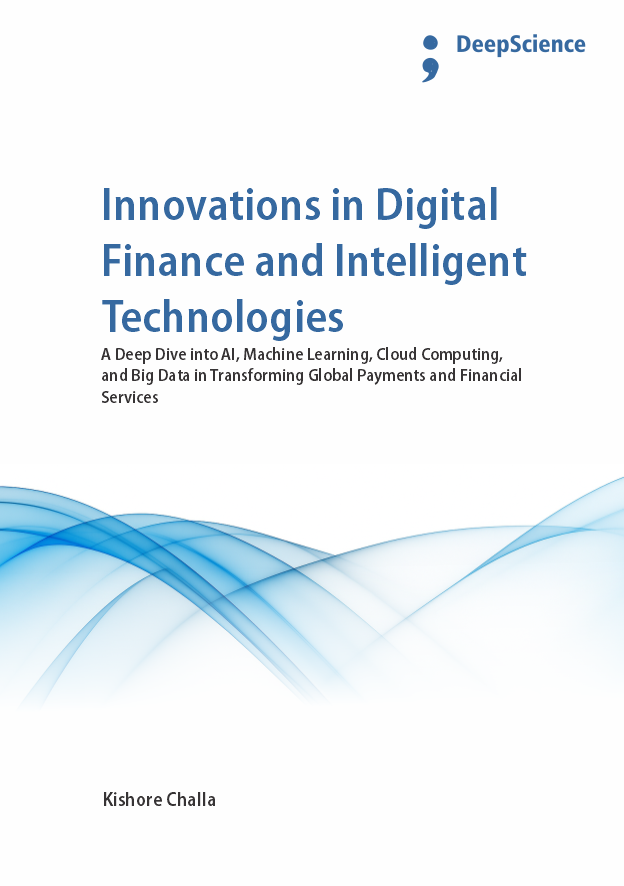Data-driven investment strategies and portfolio management with predictive algorithms
Synopsis
Many analytical tools run off-line and sit in the back room. Someone assembles, formats, and makes sense of the results, who may or may not have anything to do with the decision-making processes. Who sees the results, when, and what they can do with it are pretty much pre-determined. This pre-specified result is then presented to the decision makers who may or may not do anything about it. It is then a one-way communication, feedback is usually not immediate, and it is hard to know what bits and pieces of information are of interest. Interactive tools, on the other hand, allow decision makers to dictate the conditions under which information will be released and in what form. They allow managers to examine different scenarios with relative ease and provide a great deal of scope for tailoring the inputs and the formats required. They enable feedback to be instantaneous and the decision maker is in complete control. In some sense, interactive tools are more like dashboards compared with static analytical models.












